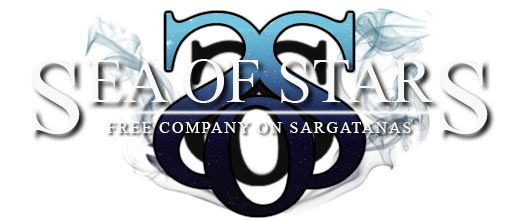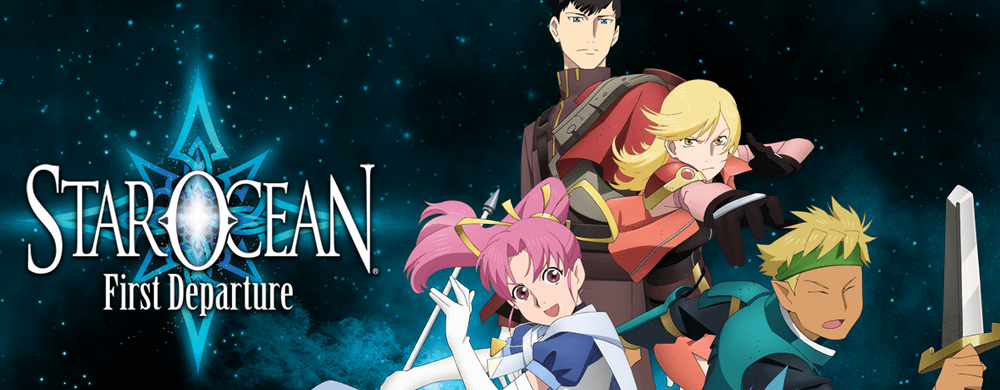

The UW research team first collected about 30 healthy adult sea stars from among the last-known wild colonies in the Salish Sea. “The loss of this important predator has left an explosion of purple urchins unchecked and has contributed to devastated kelp forests along the West Coast, making this ecosystem more vulnerable and less resilient to the stressors it’s already facing,” said Norah Eddy, associate director of The Nature Conservancy’s California Oceans Program. Eddy and senior scientist Walter Heady are working with the UW team to advance the sea star captive breeding program. Research assistant Fleur Anteau, front, checks on year-old juvenile sunflower sea stars in the UW lab as research scientist Jason Hodin, back, examines month-old sea star larvae under a microscope. Now, with 90% of the sunflower sea star population gone and other factors, sea urchins have multiplied and are feeding on, and decimating, kelp forests. Kelp forests are already facing increased pressure from marine heat wave events and, combined with exploding sea urchin populations, these threats contribute to an uncertain future for the kelp forest ecosystems that provide important habitat for thousands of marine animals while supporting coastal economies.īefore the wasting disease took hold in 2013, sunflower sea stars were common from Baja California, Mexico, to Alaska and were important predators, especially for purple sea urchins.
.600.2848445.jpg)
Dennis Wise and Kiyomi Taguchi/University of Washington. Left to right: Sunflower sea star larvae, about a month old, seen under a microscope one-year-old juvenile sea stars adult sea stars (click on each image to enlarge). More than two dozen adult sunflower stars make up a breeding colony at the University of Washington’s Friday Harbor Laboratories on San Juan Island, where researchers are rearing sea stars in captivity in collaboration with The Nature Conservancy. The underside of adult sunflower sea stars, feeding on mussels.

These roughly one-year-old sea stars were the first group to be born in captivity at UW Friday Harbor Laboratories

Juvenile sunflower sea stars on the bottom and along the side of a container in the lab. Sunflower sea star larvae, born in mid-January, seen under a microscope.


 0 kommentar(er)
0 kommentar(er)
